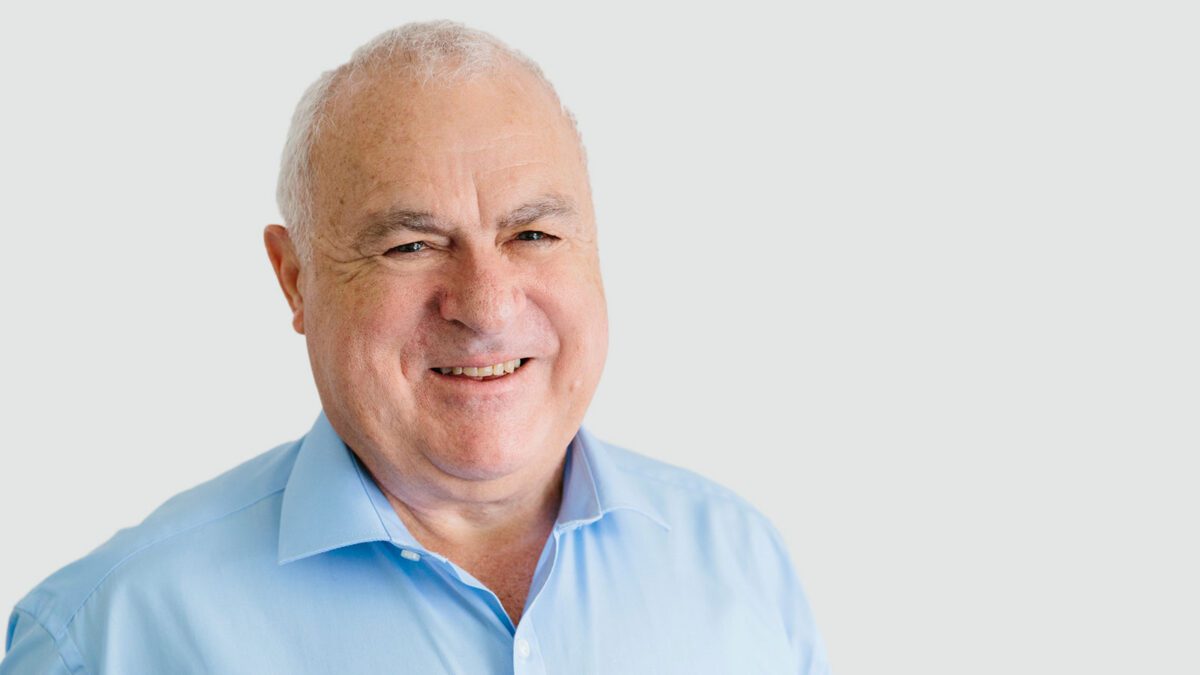One in five Choice super products significantly underperforms benchmark: APRA heatmap
Nearly half of Choice superannuation investment options with an eight-year history have underperformed the benchmark, with one in five underperforming significantly, according to the Australian Prudential Regulatory Authority (APRA)’s latest heatmap.
Of 407 surveyed investment options, 182, or 45 per cent, underperformed the heatmap benchmarks. Within that cohort, 80 options underperformed the benchmark by more than 0.5 per cent – although this shows an improvement over the 2021 heatmap, which showed one in four options was a significant underperformer.
The latest Choice heatmap – which covers 163 products, representing $292 billion in member benefits as of the end of June 2022 and nearly half of funds under management in the Choice accumulation sector – shines a light on super products where consumers actively choose investment options, APRA explained. Focussing on accumulation-phase and multisector investment options, it compares products across key metrics such as investment returns, fees and costs, and product sustainability.
“While the data shows some improvement in the performance of Choice accumulation products, the fact remains that there are still far too many products delivering substandard investment returns to fund members,” APRA deputy chair Margaret Cole said in a statement.
“As a result, APRA’s supervision of poorly performing Choice products will intensify, and trustees can expect even greater scrutiny of their product offering,” she added. “Trustees with products that are underperforming or have unjustifiably high fees – or both – will need to explain why they haven’t already moved their members to products with better performance and better fee structures.”
The heatmap assesses performance of periods of three, five and eight years. “Investment performance is driven by the investment strategy, which is set and executed at the investment-option level of the investment pathway,” the insights paper said. “Poor investment performance compounded over time can result in significant detriment to retirement outcomes for members.”
Of options with an eight-year history, 55 per cent qualified as “performing,” while 25 per cent had poor performance and 20 per cent significantly poor performance. For five-year-history options, the share of significantly poor performers grows to 25 per cent, while the three-year cohort has the highest proportion of performers, at 62 per cent (see chart).

The heatmap showed Choice products that are closed to new members are more likely to both underperform and have higher fees than open products, with two-thirds of closed options recording poor or significantly poor performance relative to heatmap benchmarks, APRA said. And the average annual administration fee for members with $50,000 in a closed Choice product was $225, compared with $149 for open Choice products.
Open investment pathways comprise 59 per cent of the pathways in the heatmap; the remaining 41 per cent are closed. “These closed pathways tend to have lower levels of member benefits but still represent $17 billion, or 5.9 per cent, of the member benefits included in the heatmap,” the regulator said.
Cole acknowledged that some members may choose to stay in closed investment options because of benefits unrelated to performance. “Even so, APRA encourages all superannuation members to check whether they are satisfied with the outcomes they are getting from their chosen investment strategies.”
APRA noted that the superannuation industry it regulates has grown significantly in recent years, with almost $2 trillion in member benefits as of June 30, 2022. “Choice product offerings are an important part of the overall system, with $995 billion in member benefits spread across accumulation and retirement products,” the regulator said in an insights paper accompanying the Choice heatmap.









